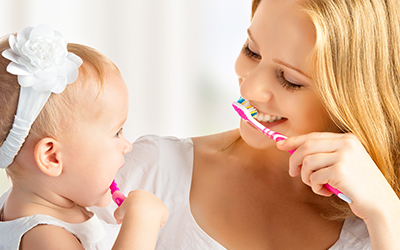Posted on Oct 27, 2025
File ID 34359853 | © Evgenyatamanenko | Dreamstime.com
(720) 638-6114
Mon & Fri: 8-2; Tue-Thurs: 9-5


Helping your child learn to brush their teeth correctly is one of the most important habits you can instill for lifelong oral health. Good brushing techniques not only prevent cavities in children but also build confidence in their daily routine. Families who visit practices offering pediatric dentistry near Stonegate often find that consistent habits at home, paired with professional guidance, make a lasting difference in a child’s smile.
Many parents assume that because baby teeth fall out, they are less important. In reality, healthy baby teeth protect space for adult teeth, aid in clear speech, and support proper chewing and nutrition. According to the CDC, more than half of children ages 6–8 have had a cavity in their primary teeth. Early education about kids’ dental hygiene helps reduce the risk of decay and more serious dental treatments in the future.
Children thrive with structure and routine. Here’s a practical step-by-step approach to teaching them:
Even with excellent home care, regular dental visits are essential. Families searching for a pediatric dentist close to me in Stonegate can expect preventive checkups, cleanings, and education tailored specifically for children. These visits help detect potential problems early and reinforce the importance of oral hygiene.
When a child’s teeth begin to shift, it may also be beneficial to schedule a consultation with an orthodontist near Stonegate. Orthodontic evaluations, often recommended by age 7, help ensure teeth and jaws are developing properly and can prevent more complex treatments later on.
Consistency is key, but so is creativity. Here are a few ways to make brushing something kids look forward to:
Developing good oral hygiene is more than just brushing—it’s a lifelong commitment to overall dental health. In addition to brushing, parents should introduce flossing for kids as soon as their teeth touch, and encourage balanced diets that are low in sugary snacks.
Hours:
Monday & Friday: 8:00 AM - 2:00 PM
Tues, Wed, Thurs: 9:00 AM - 5:00PM
Closed: Select Mondays and Fridays